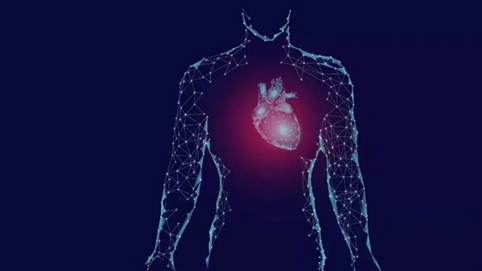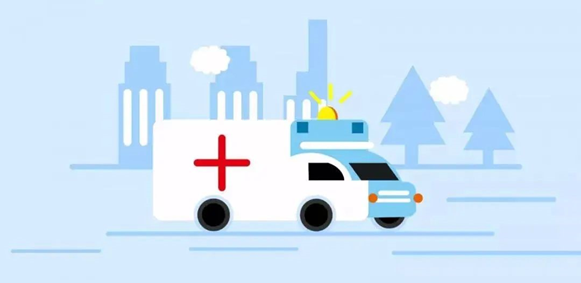Sudden cardiac death is mostly caused by myocardial infarction and cardiac arrest due to ischemia. Once it occurs, the success rate of rescue outside the hospital is extremely low. Data show that the average success rate of rescuing sudden cardiac death is less than 1% in China and less than 2% in the United States. Therefore, the public must pay special attention to it, follow the doctor's advice, take physical examination regularly for prevention and treatment.

I. What is sudden cardiac death?
Sudden cardiac death (SCD) refers to sudden and unexpected death caused by abnormalities of heart, usually happening within one hour after the onset of symptoms. As the society and economy are developing rapidly, the reports of sudden death have been increasing in recent years. Sudden cardiac death has become a serious health threat to all walks of life, from takeaway deliveryman, ordinary workers to the elites. According to survey data, there are 540,000 cases of sudden cardiac death in China every year, and the mortality rate is second only to cancer.

II. Why is sudden cardiac death so dangerous?
Dr. Yang Chengwei, vice chief physician of DeltaHealth Hospital, explained that the emergency treatment for SCD is difficult. The heart pumps and delivers nutrient-rich blood to the whole body and is the cornerstone of overall health. Once sudden cardiac death occurs, there is very little time for medical staff to rescue the patient. The best rescue time is only 4-6 minutes. If it exceeds 8 minutes, the chance of successful resuscitation is only 5%, and nearly 0 if the time is longer than 16 minutes. Also, sudden cardiac death is hard to be detected early. It usually happens in those who seem to be healthy at ordinary times, but have overwork, strong mental stimulation, excessive food or drinking, excessive smoking.

III. Is there no way to deal with sudden cardiac death?
Prevention is the primary measure we should take. If early intervention and screening can be done properly, the risk of sudden cardiac death can be effectively reduced. SCD can be caused by complex factors, but mostly by cardiovascular disease, overwork, mental stimulation. And it can be prevented from the source by identifying risk factors through screening and timely intervention.
Patients with cardiovascular disease are usually at high risk for sudden cardiac death, including:
1. Congenital cardiovascular diseases, such as high-risk anomalous origin of coronary artery, hypertrophic cardiomyopathy, dilated cardiomyopathy, and a variety of ion channel-related diseases;
2. Acquired cardiovascular diseases, such as coronary heart disease, valvular disease, heart failure, etc.
In addition, people over 40 years old with one or more complicated risk factors, such as hypertension, hyperlipidemia, and diabetes, are also at high risk of sudden cardiac death. They should pay more attention to the possible occurrence of SCD, and evaluate whether it is necessary to take "coronary CT" examination under the guidance of specialists. Also, check EKG and echocardiography to comprehensively evaluate the risk level of SCD. Those who are clearly diagnosed with cardiovascular disease should also follow up regularly and take emergency medicine with them.
According to Dr. Yang Chengwei, coronary CTA combined with cardiac color Doppler ultrasound and EKG can make a thorough evaluation of the cardiac structure, function, coronary artery origin and direction, and check if there is plaque, and the nature of plaque. CT has unique advantages in assessing the nature of coronary plaque, and can accurately identify "unstable plaque", which helps to provide early warning and intervention guidance for high-risk groups, as well as follow-up plan after the treatment.